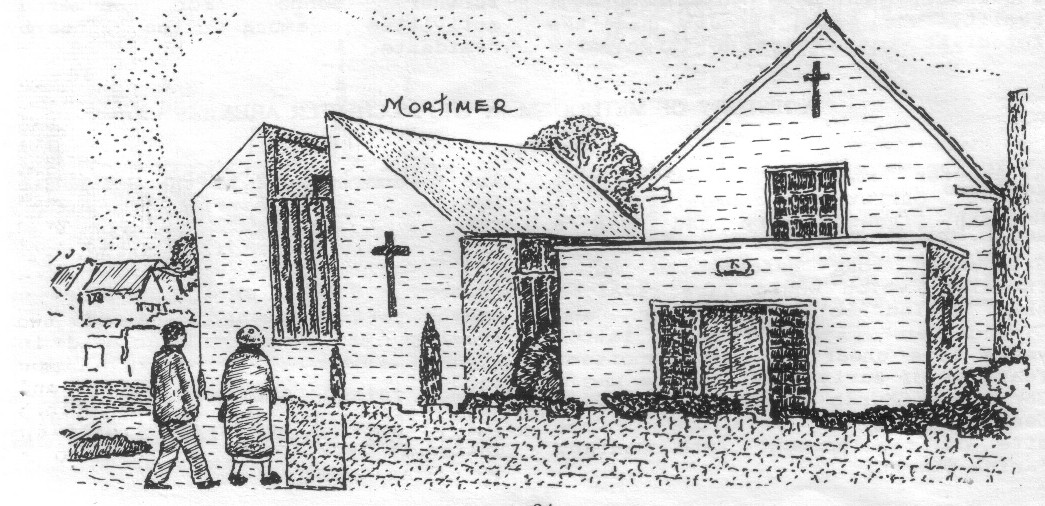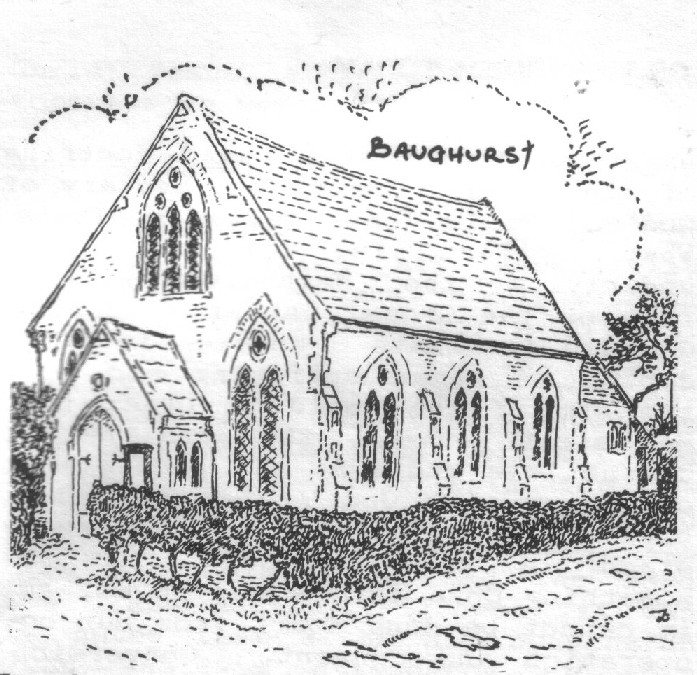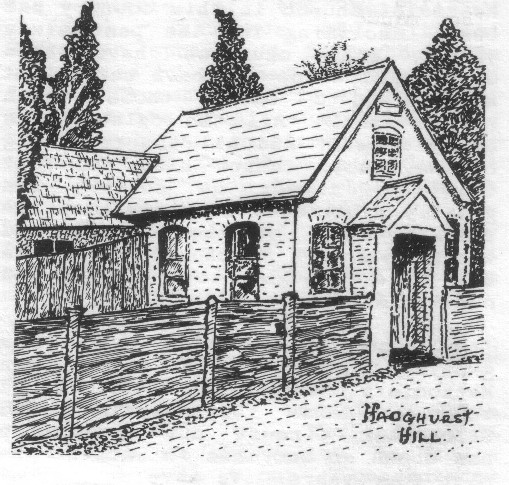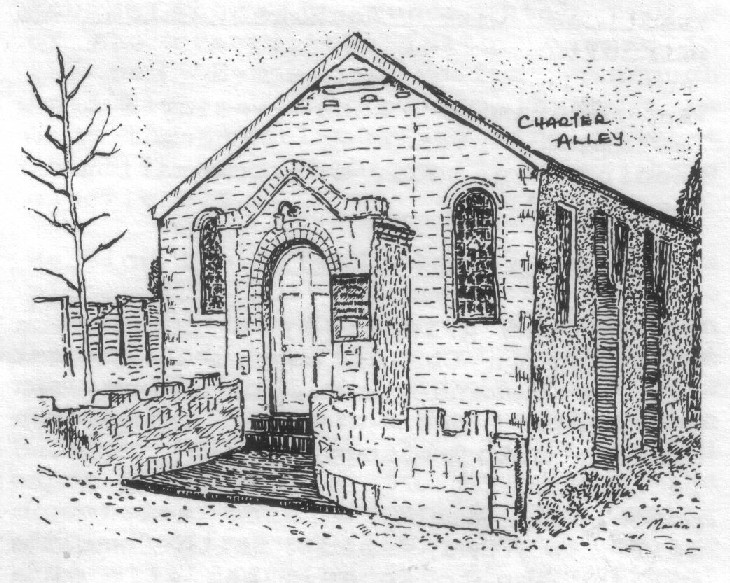Silchester probably had one of the oldest Christian communities in Britain; indeed there had been a city of the ancient Britons at Silchester long before the Roman invasion, which would have rivalled the cities of Winchester and Cirencester. Excavations in later years have unearthed many important features of early life. There was a Christian Church present in the 4th Century lying on or close to the site of the present 12th Century Parish Church.
The Methodist work in the Silchester area was mainly carried out by the Primitive Methodists and was originally directed from Micheldever and Shefford. However, there is a record of Silchester local preachers taking part in open air services in Reading, and at the Reverend John Ride’s first service on 12th April 1835.
The Silchester and Reading Circuits united in 1982.
The first house-meetings in Silchester were held in 1834, and the following year a primitive structure of tree branches, covered with furze from the Common, was built. The existing property was purchased in 1839 and registered as a Dissenters’ Meeting House on 28th October 1841. The manse was built alongside in 1864 as the Superintendent’s home. A new chapel was built in 1927 and the 1839 building became the school room. There are stories told of the Silchester preachers holding open-air meetings in the water meadows near Aldermaston, and the rowdy villagers trying to drive them into the River Kennet. A fascinating account of the work at Silchester was written by the Reverend Edwin Millichamp in 1898, and there is mention of 418 pupils in the Sunday Schools of the section, with 70 teachers in the Circuit’s eight Chapels. Plans are now in hand for the 150th Anniversary celebrations in 1989.

The original Chapel was built in 1859. Because of the growth of the area a new Chapel opened just prior to the Methodist Union in 1931, the old building becoming the schoolroom. Tadley also had its own band based at the Chapel and a local vicar in the 1860s made the comment ‘The beer houses on Sundays are no longer full; the people are gone to the Ranters’ Chapels.’

It was in 1867 that the first Chapel was built in Drury Lane for £245 and a schoolroom was added in 1897 at a cost of £220. Adjoining this Chapel is a burial ground which is still in use. Drury Lane is on the outskirts of the village and when new premises were contemplated land was acquired in a more central spot at West End Road. A new church hall was erected in 1955 and the worship and activities were transferred form Drury Lane, although the burial ground continued to be used. Then in the summer of 1972 a church was opened adjoining the 1956 hall. The work at Mortimer has grown along with its buildings, helped by extensive development of the area.

Services were held in a house at Baughurst in 1840 and a small chapel was opened in 1845, with the present larger building being opened on 17th October 1872. Revival Meetings and Camp meetings were a regular feature of the Chapel’s life, as was the Baughurst Gospel Temperance Band. The band played for open air meetings and in the Chapel. Membership reached 50 between the two World Wars, but since then has decreased steadily and recently the Chapel was closed [1987].

In this quiet little village, isolated in the fold of the North Hampshire Downs, a Chapel was opened n 1871 at a cost of £103 though it has never had a very large membership. Of all the Bands which started in those early days one remains linked to this building, joining in the worship on some occasions. [Closed 1994]

The building started life as an Independent Mission Hall, but its pulpit was often occupied by the Primitive Circuit preachers. In 1929 permission was obtained from the Charity Commissioners to incorporate the Mission into the Silchester Primitive Methodist Circuit. [Closed]

Built in 1852 for £234, this is the oldest Chapel still in use in the Circuit. Some twenty years prior to this, meetings had taken place in a dwelling house. There was a good deal of trouble with the Trust in 1939, as all its original members had died and extensive searches had to be made to discover their heirs-in-law before a new Trust could be legally constituted. [Closed in about 1994]

Mention needs to be made of two other Chapels which have closed in recent years: Wolverton Common built in 1867 for £107 and originally known as Kingsclere Common [closed 1980s], and Little London, built in 1867 for £146 [closed 1985]. There was also a Chapel at Wootton [St Lawrence – built in 1870 – transferred to Basingstoke circuit in 1915].